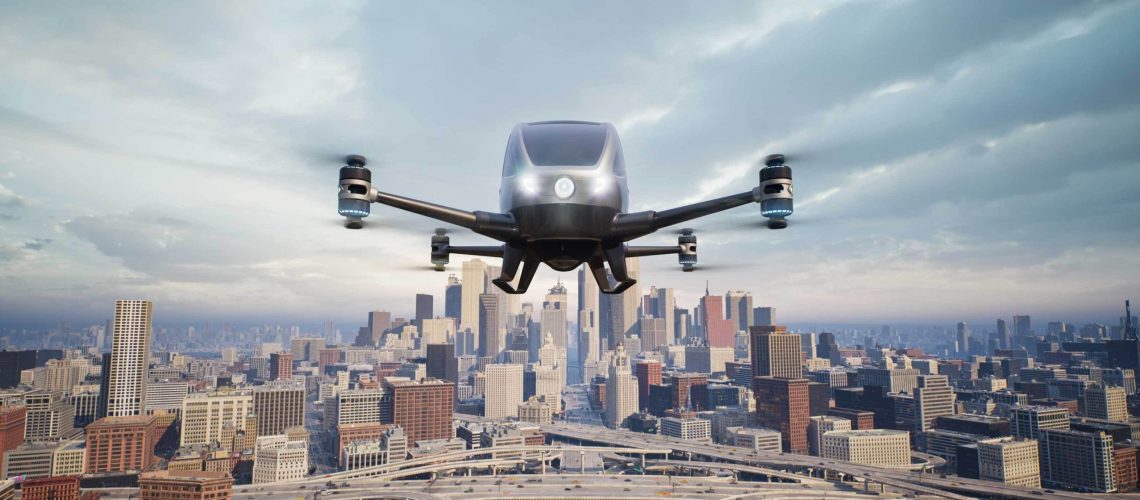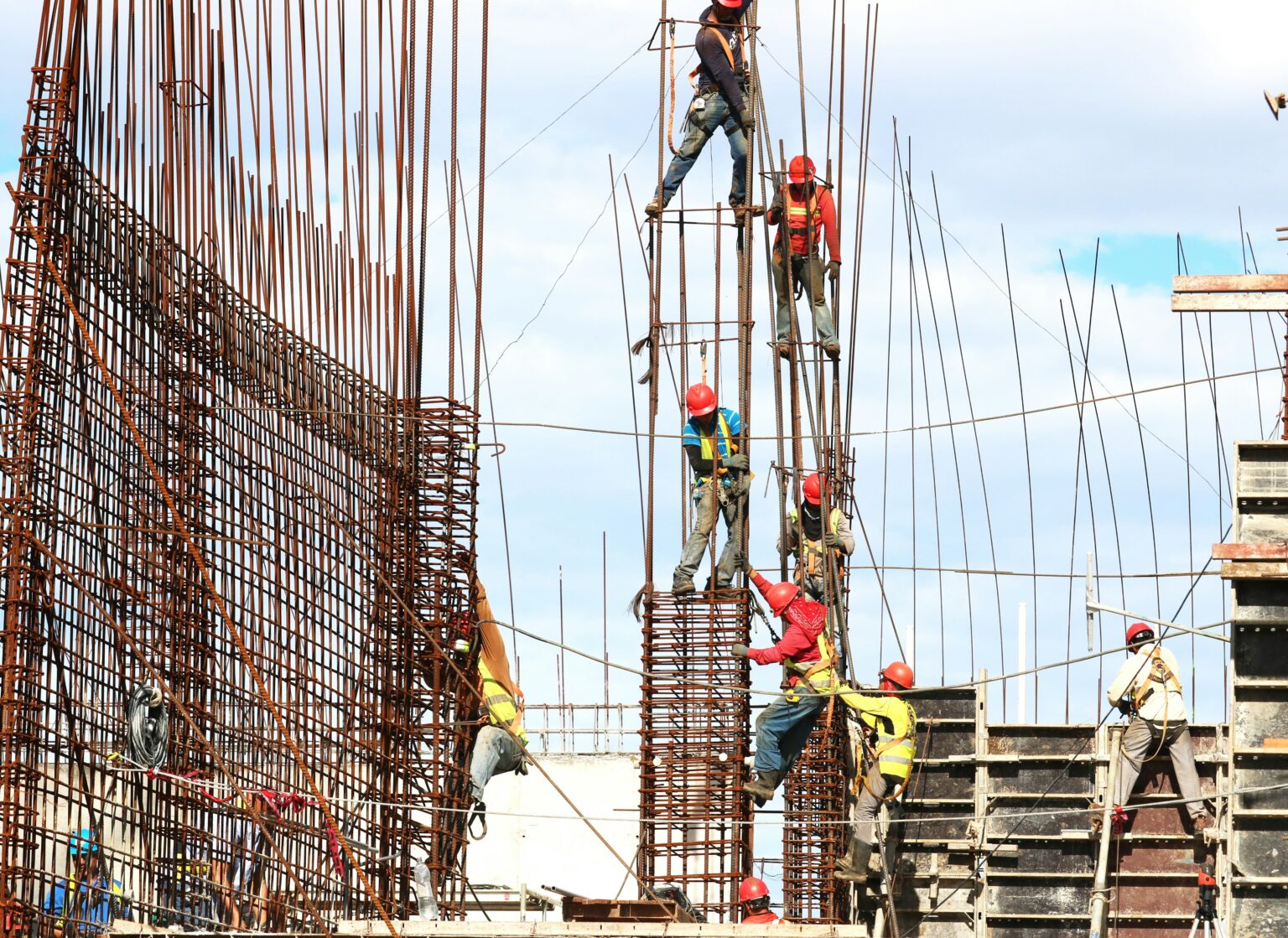Electric vehicles are all the rage in both the media and scientific community alike and promise to play a large part in achieving a more sustainable future without fossil fuels. While transitioning to electric cars is sure to be a critical component of combating climate change, other forms of transportation will need to be similarly updated, with the most notable being aviation. However, whether electrifying cars or aircraft, the challenge is the same – to design and manufacture batteries capable of providing the necessary power, while meeting the myriad of other requirements spanning everything from safety to cycle life. While electric vehicles are almost certain to remain the largest market for new battery technologies, aviation is likely to be another vital area a capable of making a substantial impact in reducing greenhouse gas emissions.
Electrifying Cars vs. Aircrafts
While the electrification of cars is paramount in fighting climate change, its realization will likely remain a major challenge. Arguably the single biggest challenge is found in developing the necessary battery technologies to meet requirements for safe and efficient motor vehicles. However, there remain several other key challenges that are a consequence of current market conditions and the business models of the automotive industry. Most promising battery companies focus their efforts on targeting the automotive industry, creating an especially competitive landscape and still with few commercially available products. On top of this fierce but largely fruitless competition, problems also arise from financial considerations. Automotive companies typically work with extremely tight margins, having to balance affordability of their cars with the profitability of their business. This leads them to deprioritize implementing the newest or most advanced generation of batteries into their vehicles, making an already difficult transition slower and more arduous.
The situation is quite different in the case of aircraft. While both the automotive and aviation industries share a large negative impact on total greenhouse gas emissions, a defining difference is that the aviation industry has fuel as one of its biggest expenses. This high cost of fuel incentivizes aviation companies to prioritize moving away from fossil fuels, making them earlier adopters to new technologies that may be financially beneficial in the long-term. Aviation also enjoys several benefits supporting its transition to electrification over even other forms of non-automotive transportation. This includes high-speed rail, which requires far more infrastructure and accompanying technologies, whereas aircraft requires changes only to the planes themselves.
While electrification of aircraft at scale is still at least several years away, electric aircraft are not entirely new. Many aircraft have been retrofitted with today’s battery technologies, carrying a capacity of up to approximately 270 Wh/kg of specific energy. While a crucial step in the right direction, industry leaders currently project that energy densities closer to 400 Wh/kg is necessary for a true revolution of the industry. Even if current technologies could be improved to meet energy requirements, they still suffer problems of cost, safety, and cycle life. Electric planes will likely need to rely on technologies with capabilities beyond even the best of today’s lithium-ion cells. It is currently uncertain which technologies will emerge successful in meeting the necessary requirements, but there are currently many companies working diligently towards realizing these innovations.
Current Battery Technologies
Today’s most successful and prolific battery technology utilizes lithium-ion cells. In lithium-ion batteries, lithium ions migrate from the positively charged cathode to the negatively charged anode where charge accumulates. The anode can then be discharged and used to produce an electric current. The development of these batteries was a major advancement in energy storage and offer several key benefits. Lithium-ion batteries can store between three to four times more energy per unit of mass compared to other technologies. Additionally, lithium-ion batteries are quick to recharge and can be used numerous times, typically having life cycles of at least 500 without reducing in capacity. It is these properties that have led lithium-ion batteries to become ubiquitous in everyday life over the span of only a few decades. However, as impressive, and impactful as lithium-ion batteries are, they remain inadequate for many applications. One such drawback to lithium-ion batteries is their risk of catching fire, which also produces toxic gases from the overheating of the internal electrolyte. Along with safety concerns, lithium-ion batteries are also relatively expensive and require precise manufacturing procedures and operations. While an almost perfect technology for personal electronic devices and many other purposes, new battery technologies are needed for applications with more intensive and complex requirements.
Future Battery Technologies
There are currently many established and emerging companies dedicated to developing new battery technologies capable of meeting the demands for aviation. These companies often have different ideas about the best chemical makeup for the next generation of batteries, and they are competing fiercely to show their technology to be supreme. Amongst the range of concepts, one of the most promising directions is with lithium-metal batteries. Rather than using lithium-ions and a graphite anode, lithium-metal batteries use solid lithium metal as the anode material. Using a lithium metal anode instead of graphite allows for these batteries to greatly outperform traditional battery technologies. This overperformance can be by as much as 70% more energy per unit of weight, with comparable volumes to that of even the best lithium-ion batteries today. For aircraft, this means the ability to travel farther distances, and altogether entirely new possibilities in aviation. Lithium-metal batteries are also fully compatible with most manufacturing processes currently used in the production of lithium-ion batteries, making the transition to production at scale easier. Furthermore, many lithium-metal cells utilize a flame-retardant electrolyte that drastically reduces the risk of a catastrophic electrical fire, also improving the safety of battery powered aircraft.
While lithium-metal batteries show great promise, previous annual improvements in power density have begun to plateau over recent years. The problems faced by plateauing power are compounded by more problems with achieving the necessary cycle life of the batteries. New technologies currently offer 300 – 400 cycles, calculated as when the battery drops to 80% of its original capacity, which is insufficient for use by high-utilization aircraft. Current goals are to reach a cycle life of 500, and eventually reach a cycle life of 1000 or greater within the next several years. In addition to power and lifespan requirements, the cost and availability of lithium is another significant hurdle in electrification with lithium-metal batteries. Lithium is a scarce resource and there is already being fierce competition in the market, and with challenging and uneven distribution of deposits across the globe. For this reason, recycling of lithium will need to be a key aspect of realizing lithium metal batteries, to compensate for a competitive and restrictive supply chain.
Beyond lithium metal batteries, there are numerous other potentially promising technologies aiming to help replace traditional lithium-ion batteries. One such example are lithium-sulfur batteries, which have an excellent expected energy density of 400 Wh/kg. However, while lithium-sulfur batteries offer improved energy densities, they are currently inferior compared to lithium-metal batteries in terms of their cycle life. Lithium-sulfur batteries currently offer cycle lives between 200 – 300, falling far short of what is required for most aircraft. Lithium-sulfur batteries also suffer from larger volumes, which is a significant problem for the utility of most types of aircraft.
What’s Next for Batteries in the Aircraft Industry?
While the first versions of electric planes with new battery technologies are likely to suffer from limited ranges and high costs, their introduction to the market is likely to make a significant impact on slowing climate change and a shift to prioritizing sustainability. Some of the most promising companies expect to have commercially available aircraft in the market by 2026, and achieve improved overall performance compared to traditional aircraft by 2030. The exact timeline and degree of success of battery powered electric aircraft remains uncertain but continues to grow closer and evermore promising. Whether lithium-metal batteries, lithium-sulfur batteries, or an entirely different technology prove dominant remains to be seen, but with incredible amounts of funding and a growing demand for green solutions, it is likely that electric aircraft will be one day be commonplace.
Noah Chemicals Services for the Batteries & Aircraft Industries
Noah Chemicals Services offers custom consulting, analytical testing, formulation, application, and custom manufacturing services with our expert team of chemical professionals for the batteries and aircraft industries. These services can be applied at any stage of clients’ product life-cycle development.
To learn more about Noah Chemicals and Noah Chemicals Services experience in these industries, please contact us here or give us a call directly at (833) 662-NOAH.
Resources:
Time.com: Battery Technology of airplanes – Richard Wang
Aviationtoday.com: Batteries Behind Electric Aircraft Revolution
Wired.com: What It’ll Take to get Electric Planes Off the Ground




